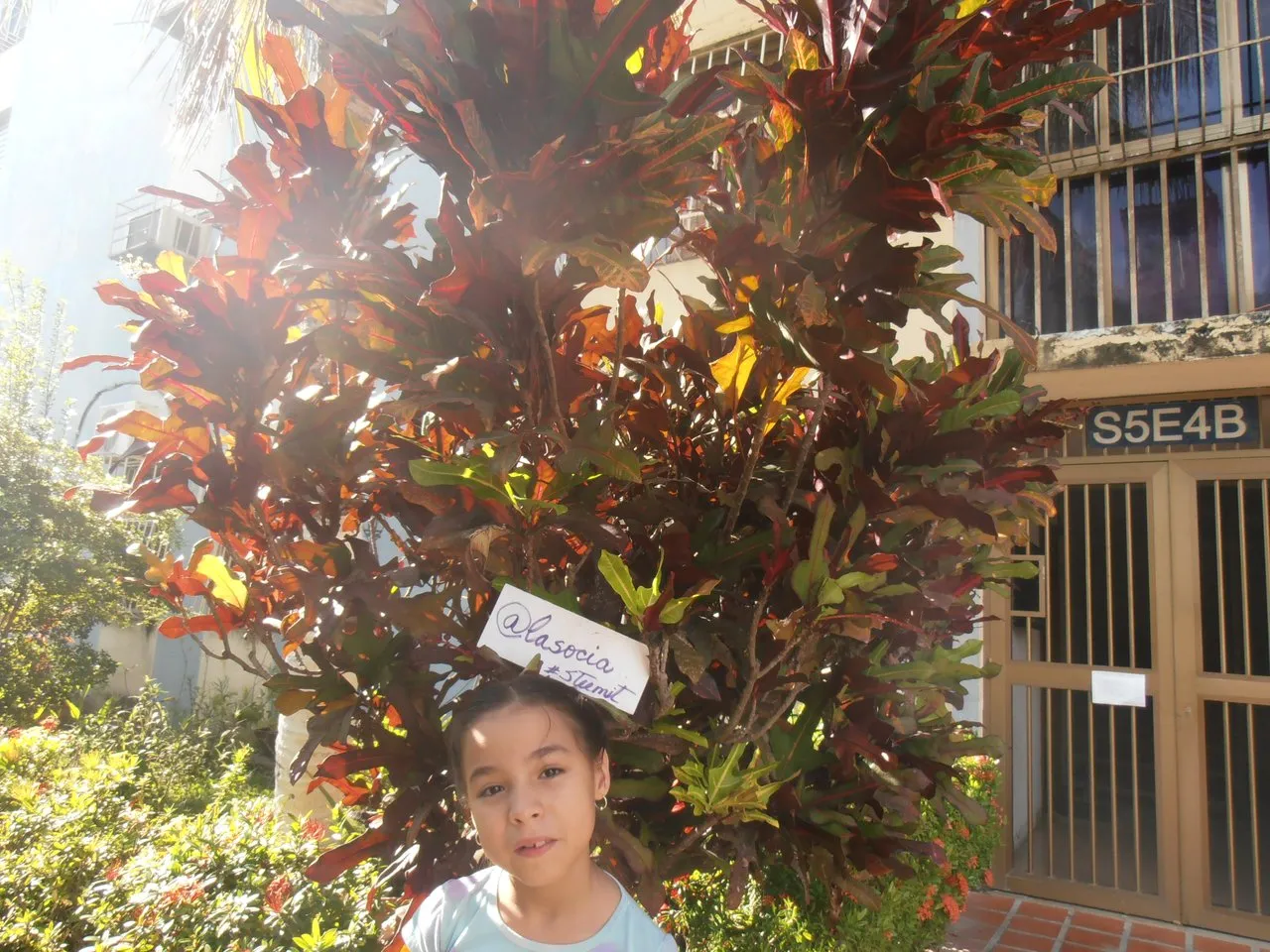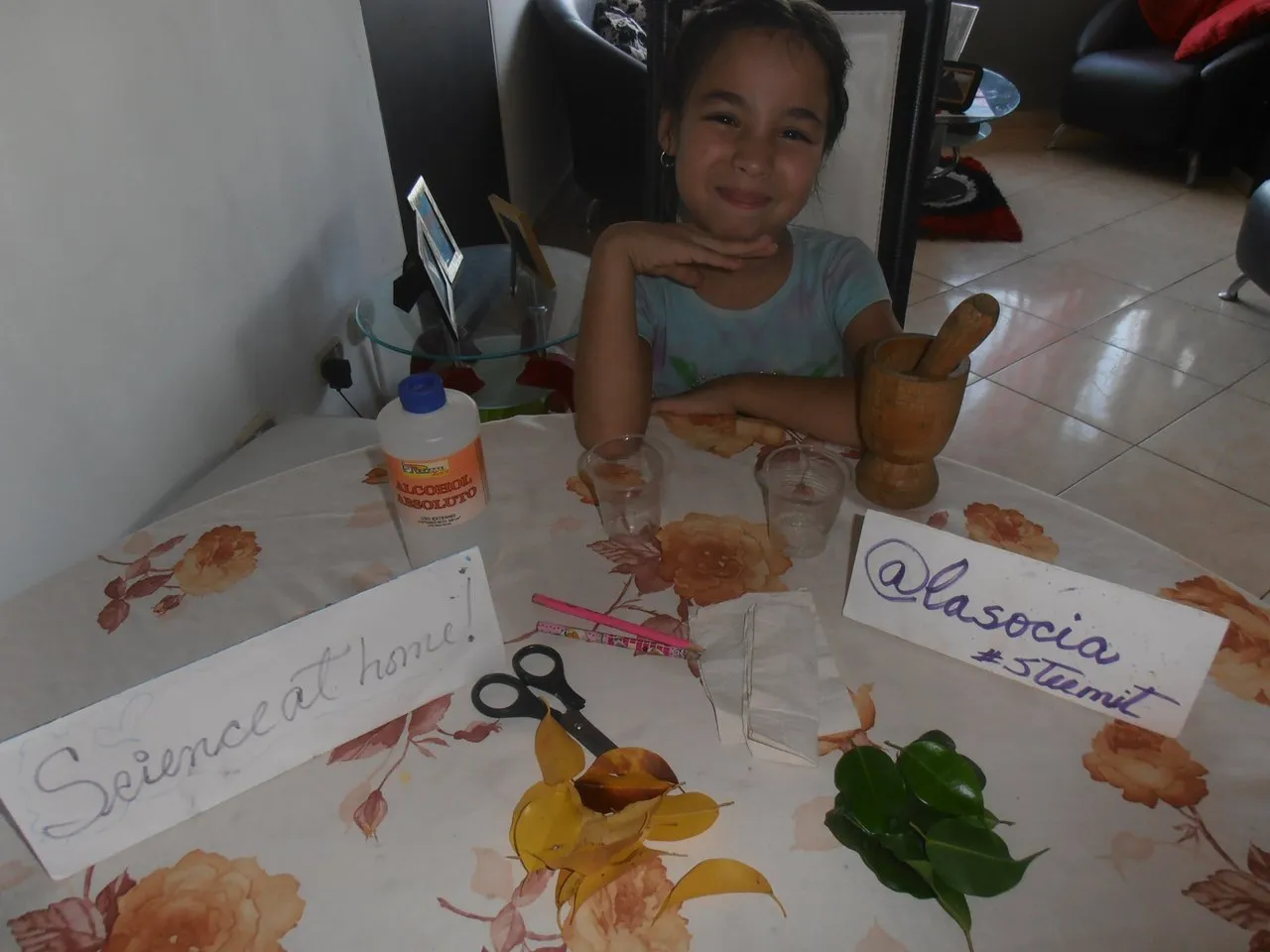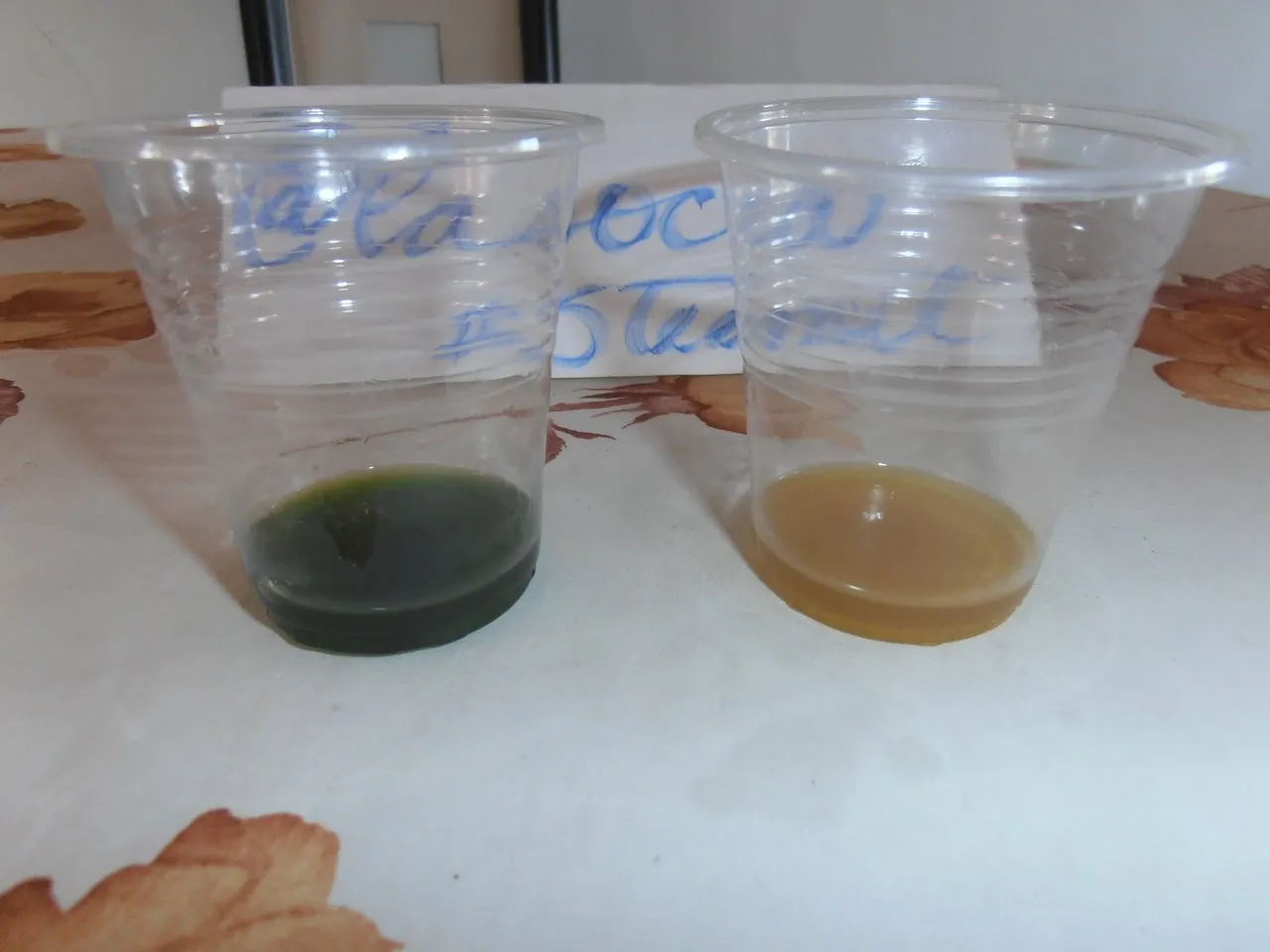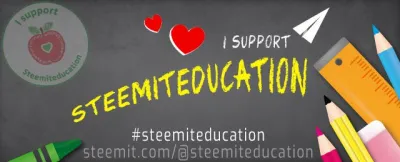
Let's learn and experiment with chromatography and green and yellow leaves!
In this experiment a small amount of alcohol is used but you always have to take precautions:
- The room should be well ventilated.
- Alcohol should be kept away from flames or sparks.
- Alcohol can not be ingested, it is poisonous
Materials:
- Green and yellowish leaves of the same tree.
- Mortar, it really is not necessary but it is very fun to crush the leaves.
- Scissors.
- Alcohol.
- Two jars with canned food.
- Coffee filter paper. If you do not have, use paper towels.
- Two glasses.
- Two straws or pencils
- Zeal or similar.

Process:
- Cut the green leaves into small pieces and crush in the mortar with a drizzle of alcohol.
- Add a little more alcohol and put the mixture in a jar.
- Do the same with the yellow leaves.
- Let the leaves macerate in the jars with alcohol for a few hours.

- Put a little bit of both leaf extracts in two glasses.

- Cut two strips of filter paper and insert them into the cups hanging from a straw.

- Use zeal to stick the paper to the straw. Wait several hours, we leave it all night.
- Observe the bands of colors, are the pigments of the leaves.


What has happened?
The leaves are the place where the food of the tree is cooked, this process is called photosynthesis. Let's see what ingredients are needed:
The water and dissolved mineral salts in it that travel from the ground to the leaves. Carbon dioxide, CO2, from the air that is absorbed by the leaves. Pigments that capture the sun's energy. The most important is chlorophyll which is green, but there are other pigments such as xanthophylls (yellow and brown) and carotenes (orange and red). The solar energy captured by chlorophyll and its auxiliary pigments is used to transform water and carbon dioxide into glucose (a sugar) and oxygen. This process is photosynthesis.
In autumn the days are shorter, this tells the tree that there is less left for winter. The trees begin to close the kitchen, and get rid of their leaves. In winter they will live on stored food reserves. The production of chlorophyll stops and the other pimentos present in the leaves begin to be seen. Before they were hidden by the intense green color of chlorophyll.
Chromatography is a technique used to separate mixtures. Alcohol, with the disulete pigments in it, is ascending through the paper as a consequence of capillarity or capillary action. The less soluble pigments and with greater mass remain stuck to the paper below, while the more soluble and lower mass continue to rise with alcohol. As each pigment has a different degree of solubility and different mass, colored strips are formed on the paper strip as the pigments are deposited.




